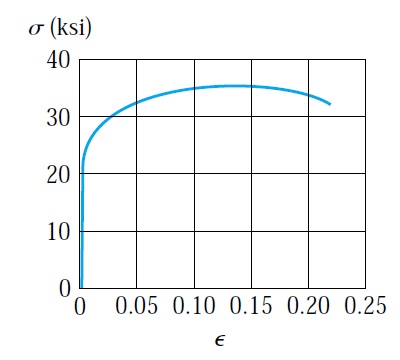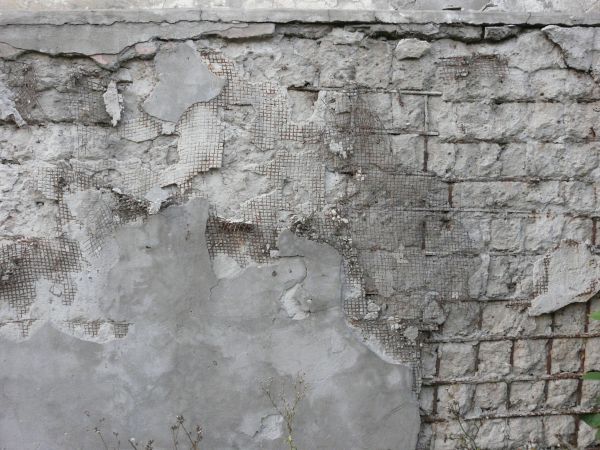Strength reduction factor ∅
strength reduction factors used to reduce the calculated strength of structure member to account uncertainties arises from the material used, inaccuracies of placing steel, inaccurate dimensions of a structure member, inaccurate design calculation and any other factor.
ACI code 9.3 provide different values of ∅ for different situation. I will mention some of these values
0.90 for tension-controlled beams and slabs
0.75 for shear and torsion in beams
0.65 or 0.75 for columns
0.65 or 0.75 to 0.9 for columns supporting very small axial loads
0.65 for bearing on concrete
For compression controlled section ∅=0.65 because the section is brittle. it will fail suddenly without any major deflection or warning. in addition to lower ductility, compression controlled sections are sensitive to concrete strength variation. also, compression controlled section will supporter larger loads compared to tension controlled section. for tension controlled section ∅=0.90 because the section is ductile and it will deflect and give warnings before failure. for members with spiral reinforcements ∅ is higher than tied reinforcement columns because it is will increase ductility and toughness of member.
ACI code 9.3 provide different values of ∅ for different situation. I will mention some of these values
0.90 for tension-controlled beams and slabs
0.75 for shear and torsion in beams
0.65 or 0.75 for columns
0.65 or 0.75 to 0.9 for columns supporting very small axial loads
0.65 for bearing on concrete
For compression controlled section ∅=0.65 because the section is brittle. it will fail suddenly without any major deflection or warning. in addition to lower ductility, compression controlled sections are sensitive to concrete strength variation. also, compression controlled section will supporter larger loads compared to tension controlled section. for tension controlled section ∅=0.90 because the section is ductile and it will deflect and give warnings before failure. for members with spiral reinforcements ∅ is higher than tied reinforcement columns because it is will increase ductility and toughness of member.
Figure 1
Figure 1 showing a diagram for calculating ∅ for reinforcement steel of grade 60Ksi (420Mpa) where εy=(fy/Es)=0.002. for tension controlled section εt≥0.005, for compression controlled section εt≤0.002. The transition zone is located between compression and tension controlled. the equation for calculating ∅ in the transition zone is shown in figure 1. in the horizontal axis in figure 1, (c/dt) can be used to determine the type of section,
for sections where (c/dt)≥0.600 are categorized as brittle, for (c/dt)≤0.375 section is ductile. (c/dt) can be used to determine the ductility of a member. following equation can be used for transition zone:
For spiral members
For other members
Figure 2 showing the general case of figure 1. figure 2 can be used to calculate the strength reduction factor for all grades of steel.
Figure 2
More example

















Comments
Post a Comment